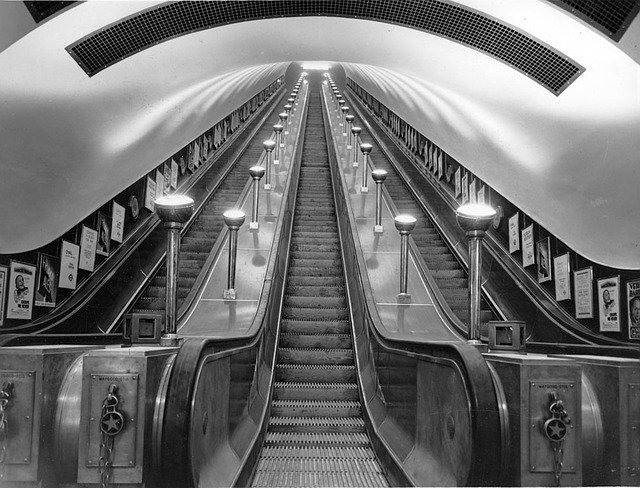Pandemic migration
Pandemics such as COVID-19 can be more contagious in large cities for several reasons. As well as socioeconomic factors associated with quality of life, basic proximity factors can play a role in the spread of transmissible illnesses.
In urban settings, networks of buildings, crowded pavements and public transportation create conditions in which people often move in closer proximity to each other. During the COVID-19 pandemic of 2020, many people were encouraged to work from home. The temporary shift to technology-based remote working opened up the possibility of a portion of the workforce permanently relocating away from urban settings.
This form of pandemic migration is being explored as a beneficial approach to dealing with the spread of highly-infectious illnesses.
The results of an October 2020 study conducted by Massimiliano Zanin and David Papo indicate that pandemic migration away from cities to less densely populated areas may help to reduce the spread of illnesses like COVID-19. In the study, Zanin and Papo simulated a forced migration that moved healthy people out of dense cities at the onset of a pandemic. The results showed that while movement from big cities to small towns might be slightly less safe for the people in small towns, overall, for a global pandemic situation, this reduction in the density of highly populated areas is better for the majority of people.
FInd out more at: https://aip.scitation.org/doi/10.1063/5.0028091
[edit] Related articles on Designing Buildings Wiki
- Adapting your technology to the new working normal.
- Beyond the pandemic.
- Coronavirus and the construction industry.
- Defining the office.
- Hub and spoke model.
- Post pandemic places report.
- PwC CEO Panel survey.
- Wood and healthy office spaces.
[edit] External resources
- Massimiliano Zanin and David Papo, Travel restrictions during pandemics: A useful strategy?
Featured articles and news
RTPI leader to become new CIOB Chief Executive Officer
Dr Victoria Hills MRTPI, FICE to take over after Caroline Gumble’s departure.
Social and affordable housing, a long term plan for delivery
The “Delivering a Decade of Renewal for Social and Affordable Housing” strategy sets out future path.
A change to adoptive architecture
Effects of global weather warming on architectural detailing, material choice and human interaction.
The proposed publicly owned and backed subsidiary of Homes England, to facilitate new homes.
How big is the problem and what can we do to mitigate the effects?
Overheating guidance and tools for building designers
A number of cool guides to help with the heat.
The UK's Modern Industrial Strategy: A 10 year plan
Previous consultation criticism, current key elements and general support with some persisting reservations.
Building Safety Regulator reforms
New roles, new staff and a new fast track service pave the way for a single construction regulator.
Architectural Technologist CPDs and Communications
CIAT CPD… and how you can do it!
Cooling centres and cool spaces
Managing extreme heat in cities by directing the public to places for heat stress relief and water sources.
Winter gardens: A brief history and warm variations
Extending the season with glass in different forms and terms.
Restoring Great Yarmouth's Winter Gardens
Transforming one of the least sustainable constructions imaginable.
Construction Skills Mission Board launch sector drive
Newly formed government and industry collaboration set strategy for recruiting an additional 100,000 construction workers a year.
New Architects Code comes into effect in September 2025
ARB Architects Code of Conduct and Practice available with ongoing consultation regarding guidance.
Welsh Skills Body (Medr) launches ambitious plan
The new skills body brings together funding and regulation of tertiary education and research for the devolved nation.
Paul Gandy FCIOB announced as next CIOB President
Former Tilbury Douglas CEO takes helm.
UK Infrastructure: A 10 Year Strategy. In brief with reactions
With the National Infrastructure and Service Transformation Authority (NISTA).























